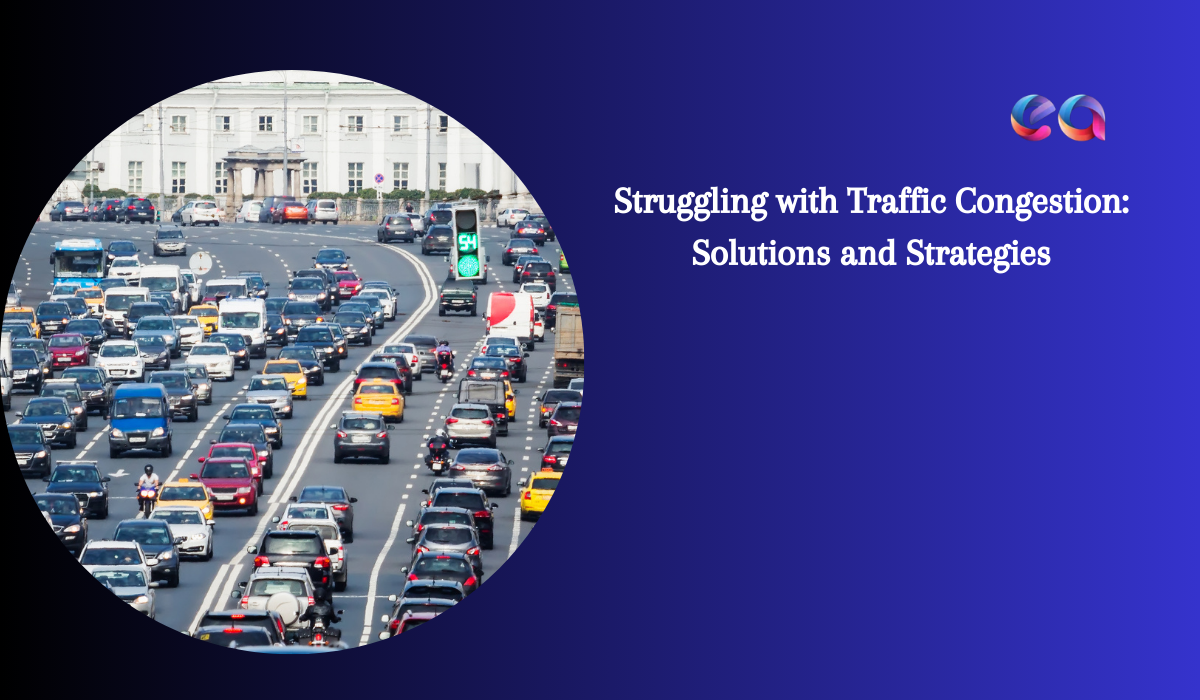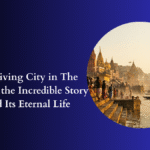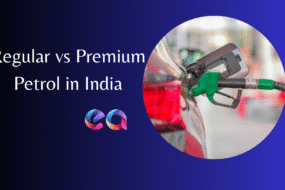
Traffic congestion is a growing problem for urban centers worldwide, causing delays, frustration, and pollution. As more people migrate to cities, roads become clogged with cars, leading to longer commute times and increased stress on infrastructure. According to recent reports, traffic congestion costs billions in lost productivity and environmental harm annually. In this blog post, we’ll dive into the 10 cities with the worst traffic, explore the causes behind congestion, and propose innovative solutions to alleviate these traffic woes.
Table of Contents
The 10 Cities with the Worst Traffic Congestion:
Here are ten cities that consistently rank among the worst in the world for traffic congestion:
London, UK
London’s traffic congestion is primarily due to its historic streets not being designed for modern car volumes. While congestion charges have been implemented, the city continues to battle gridlock.
Los Angeles, USA
Known for its sprawling highways, Los Angeles suffers from extreme gridlock during peak hours. The city’s car-centric culture exacerbates the issue, with limited public transport options.
Mumbai, India
As one of the most densely populated cities globally, Mumbai struggles with narrow streets, an overwhelming number of vehicles, and chaotic traffic conditions.
São Paulo, Brazil
Traffic jams in São Paulo can stretch for miles, especially during rush hours, as the city’s infrastructure struggles to cope with rapid urbanization.
Jakarta, Indonesia
Jakarta’s traffic problems are so notorious that residents often spend hours commuting just a few miles. Poor public transportation and road management compound the issue.
Manila, Philippines
Inadequate road infrastructure and a growing number of private vehicles have turned Manila’s streets into a constant snarl, particularly in central business districts.
Bangkok, Thailand
Bangkok is infamous for its lengthy traffic jams, partly due to the city’s inefficient public transportation system and rapid growth.
Mexico City, Mexico
Despite recent improvements in public transportation, Mexico City continues to experience severe congestion, especially during peak hours and holidays.
Istanbul, Turkey
Istanbul’s traffic congestion is worsened by its unique geography, straddling two continents and heavily relying on bridges to cross the Bosphorus Strait.
Paris, France
Despite having an efficient metro system, Paris still grapples with heavy traffic congestion, especially as many commuters prefer driving within the city.
Causes of Traffic Congestion
Several factors contribute to traffic congestion in these cities:
- Rapid urbanization: As cities grow, infrastructure often lags behind, unable to keep up with the increasing number of vehicles.
- Car dependency: In many urban areas, public transportation options are limited or inefficient, forcing residents to rely on private cars.
- Poor road planning: Some cities were not designed with large volumes of traffic in mind, leading to bottlenecks.
- Lack of alternative transportation: Insufficient cycling paths, pedestrian-friendly infrastructure, and limited alternative transportation options compound the issue.
- Inadequate public transportation: Public transport networks in many congested cities are either outdated or insufficient to meet demand.
The Impact of Traffic Congestion
The effects of traffic congestion are far-reaching and affect every aspect of urban life:
- Environmental Impact: Prolonged traffic jams lead to increased air pollution and greenhouse gas emissions, contributing to climate change.
- Economic Losses: Cities with heavy traffic congestion suffer billions of dollars in lost productivity as workers spend hours in transit.
- Public Health: Longer commute times and air pollution have been linked to stress, respiratory issues, and reduced overall well-being.
- Quality of Life: Time spent in traffic reduces time for leisure, family, and other productive activities, leading to a lower quality of life for urban residents.
Solutions and Strategies
Several cities have started implementing innovative traffic solutions to tackle congestion. Here are some effective strategies:
- Public Transportation Improvements: Expanding and modernizing public transport systems, such as metro lines and bus rapid transit (BRT), can reduce car dependency. Cities like Seoul and Curitiba have demonstrated success with this approach.
- Smart Traffic Management: Using technology to optimize traffic flow can significantly reduce congestion. Smart traffic lights and real-time traffic monitoring can ease bottlenecks and prevent accidents.
- Promotion of Alternative Transportation: Encouraging cycling and walking by creating bike lanes, pedestrian-only zones, and safe sidewalks can help reduce the number of vehicles on the road.
- Carpooling and Ridesharing: Incentivizing carpooling and ridesharing programs can decrease the number of vehicles on the road.
- Congestion Pricing: Cities like London and Singapore have introduced congestion charges to reduce the number of vehicles entering the city center during peak hours.
Case Studies of Successful Traffic Mitigation
Several cities around the world have taken innovative steps to reduce traffic congestion and improve urban mobility:
- Singapore: Known for its efficient traffic management, Singapore uses an Electronic Road Pricing system that charges vehicles for using congested roads during peak hours. This has led to reduced congestion and encouraged the use of public transportation.
- Stockholm, Sweden: Stockholm implemented a congestion tax in the city center, which significantly reduced traffic and improved air quality. The revenue generated is reinvested in public transportation.
- Copenhagen, Denmark: With a strong focus on cycling infrastructure, Copenhagen has successfully integrated bikes into daily commutes. Over 40% of residents cycle to work, reducing traffic and promoting sustainability.
Conclusion
Traffic congestion remains one of the biggest challenges facing modern cities, affecting everything from economic productivity to public health. However, with careful urban planning, investment in public transportation, and the promotion of alternative transportation modes, cities can begin to alleviate these traffic problems. Addressing traffic congestion is crucial not only for improving daily life but also for ensuring the long-term sustainability of urban centers.














One reply on “10 Cities Struggling with Traffic Congestion: Solutions and Strategies”
Your ability to blend thought-provoking ideas with evocative language is truly remarkable. Every sentence seems to unlock a new door to understanding, leading the reader to a richer, fuller interpretation of the world around them. It’s rare to come across writing that does more than just tell a story — your words create entire worlds, and I found myself lost in them, not wanting to leave.
Comments are closed.